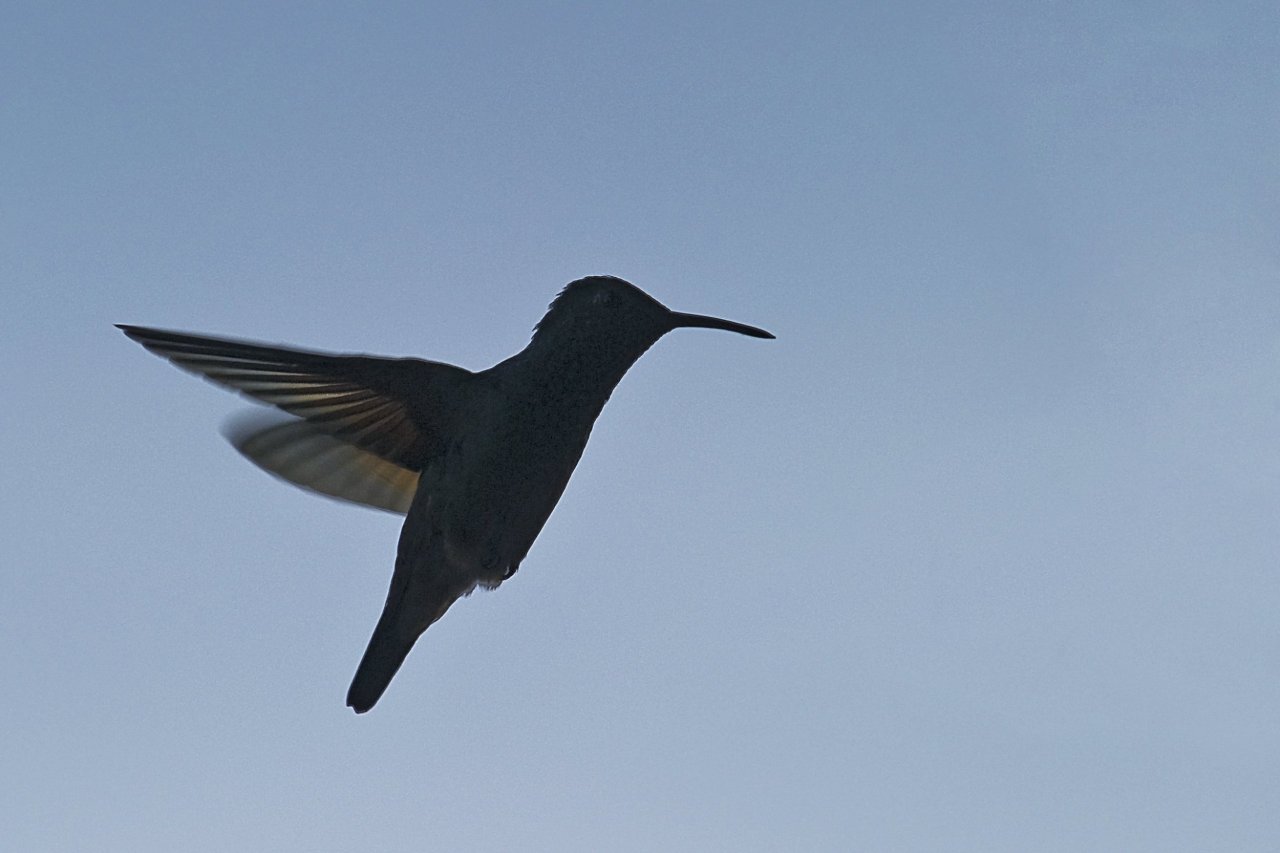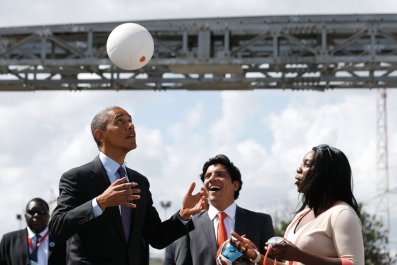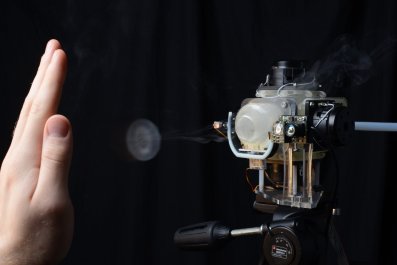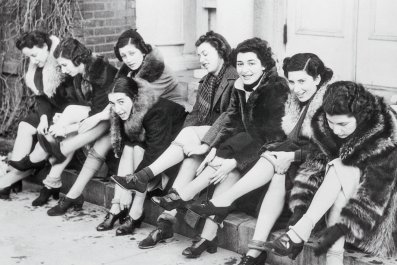The images are mesmerizing. Mechanical-engineering professor David Lentink and several of his students at Stanford University have been busy filming small birds, especially hummingbirds, and watching the footage in ultra-slow motion. The wings that buzz and blur at normal speed suddenly show balletic, almost angelic grace in front of the camera. But the purpose of the study is not art. It's to gather data to make better flying robots: the kind that can zip through an open door or window to take a look around a room, maybe even hover in a corner of the ceiling, almost like the proverbial fly on the wall. The concept is not new. The redoubtable Defense Advanced Research Projects Agency demonstrated its Nano Hummingbird in 2011. But according to Lentink, these little devices are very vulnerable to air currents. "The best way to prevent a small drone from spying on you in your office is to turn on the air conditioning," he told Stanford Report. Just that much of a blast can send an itty-bitty robobird crashing to the floor. But a real bird can navigate through all sorts of weather. "Wouldn't it be remarkable if a robot could do that?" Lentink asked. Maybe. But we're keeping the air conditioner on.
Stanford Scientists Want to Create Better Flying Robots























